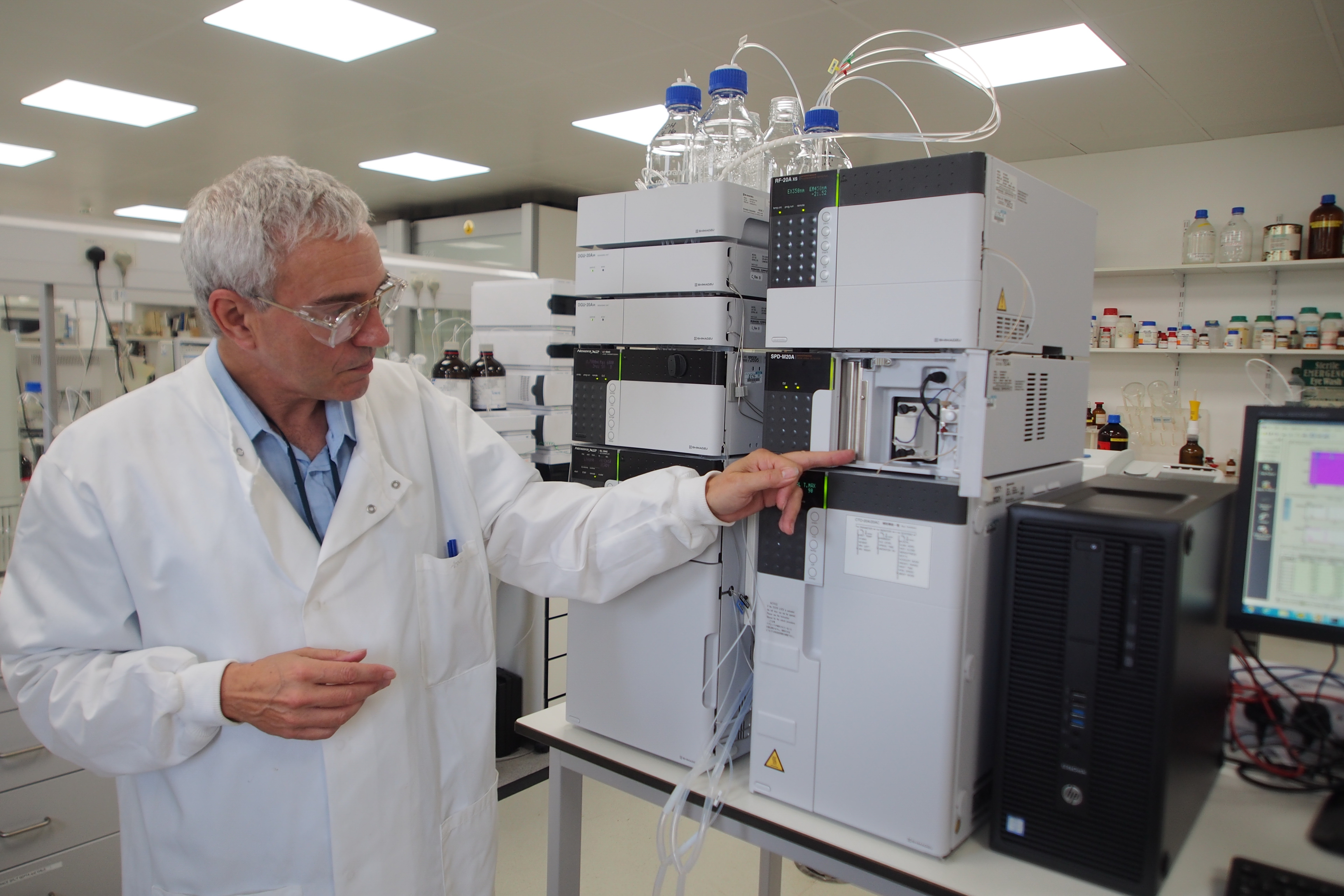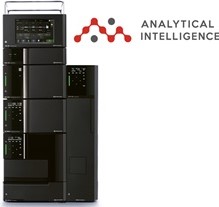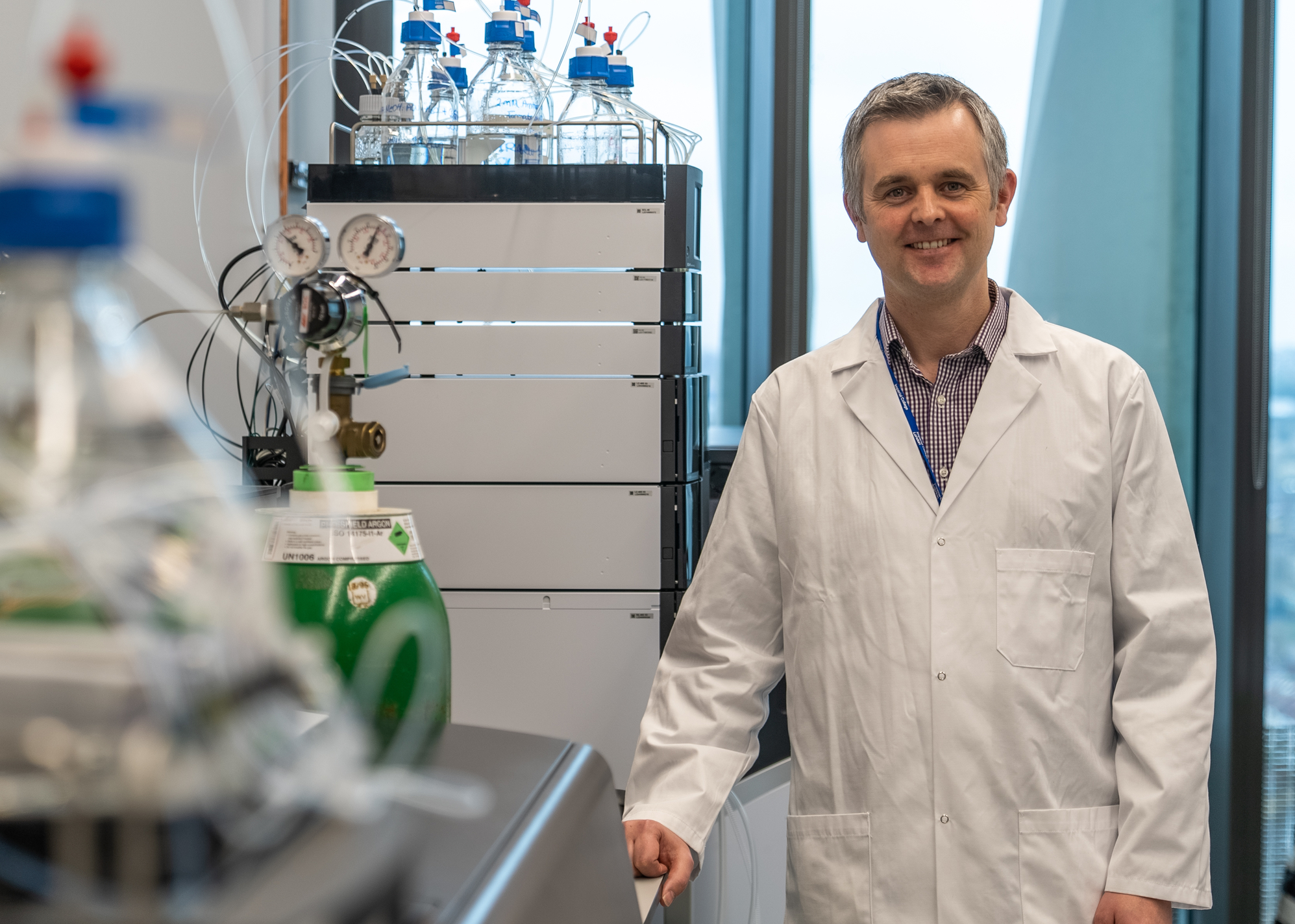The Open University - Remote teaching with real time, remote control of automated laboratory instruments

The Open University
-
INDUSTRY
Analysis Study
-
KEYWORD
automation, teaching, learning
-
INTRODUCTION SERVICE&PRODUCTS
The start of the COVID-19 pandemic saw academic institutions forced to rethink their approach to teaching and training students. Government-imposed lockdowns resulted in difficulties, not only for safely delivering education, but also for continuing research. A year on, many institutions are now embracing advanced technologies to offer remote learning. This article looks at how Shimadzu’s ongoing partnership with The Open University has accelerated the development of remote laboratories that other research faculties can also implement, and how distance learning continues to evolve at The Open University.
Remote learning - ahead of the game from day one!
The Open University (OU) is the largest academic institution in the UK – with 190,000 undergraduate students learning remotely at any time – and is a recognized world leader in flexible distance learning, with in excess of 2 million graduates around the world since it was established in 1969. In the early days, the teaching of chemistry at the OU relied on paper-based educational materials supported by radio and TV broadcasts but, as distance learning technology advanced, this moved on to material provided via VHS, CD-ROM and DVD, backed up by face-to-face practical chemistry experience gained at other UK universities and later at the OU’s main campus in Milton Keynes, where chemistry and analytical sciences are core disciplines. Dr James Bruce, Senior Lecturer in Organic Chemistry at the OU, commented: “We've been doing remote teaching for over 50 years. We are a pioneer in flexible distance learning and a leading provider – it’s something to be proud of.”

Dr Michael Batham, Laboratory Manager at the Open University
Having championed distance learning since it first opened its doors, the OU was perfectly positioned to continue without interruption when the COVID-19 pandemic emerged, and continues to do so. To cope with the restrictions and safeguarding requirements imposed to control the spread of SARS-CoV-2, higher education institutions have been forced to reinvent the delivery of teaching, putting the spotlight on remote learning that allows students to progress from the safety and comfort of their own homes. The teaching and research staff at the OU have continued with their work despite the disruptions caused by the pandemic. They have continued to develop and produce innovative teaching materials using the latest technological tools, updating the different modules to keep up to date with the most recent scientific advances. Increasingly, remote experiments are being used across the curriculum to provide students with authentic practical experience, and recent advances in online resources and technologies are creating new opportunities.
The rise of the collab with the OU
When remote laboratories were first conceived, one of the techniques the OU focused on was high performance liquid chromatography (HPLC), and partnered with Shimadzu to deliver this ground-breaking approach. The OU has an active research community and, in 2016, started a strong collaboration with Shimadzu based on mutual HPLC research interests. The ability to control instruments remotely was of particular interest to the OU team. The development of remote HPLC experiments was something that had never been done before by a higher education institute, and the OU was very interested in exploring this new approach.
The OU opted for Shimadzu’s ultra-high performance liquid chromatography (UHPLC) system over conventional HPLC technologies due to the fast run times. Modern UHPLC methods can be as fast as two to three minutes for simple separations and less than 10 minutes for challenging ones. Together, Shimadzu and the OU developed an understanding of how this system could be remotely operated in a practical way that was accessible to students, and could be readily supported at a distance.
Dr Michael Batham, Laboratory Manager at the OU, explained: “With advances in technology, we are able to blend different ways of learning. Collaborating with Shimadzu is a very exciting step forward for us, because the company has given us the capability to run live, automated experiments that can be controlled remotely by the students or tutors in real time. The advantage of this is that it offers students who cannot attend a lab-based school – due to either the pandemic or simple logistics – an alternative means of practicing and developing their lab skills. It's also become easier to deliver certain chemistry experiences that students can engage and interact with from their home, preparing them for working in industry.”
Dr Bruce added: “As an organic chemist, I tend to give the students set syntheses during lab practicals. In the limited time they have, it’s difficult for them to also run analyses of intermediates and isolated products, so technicians and project officers would do this, and give the students the spectra to interpret. The idea of remote access is to give them more experience and control on the instrument, and to decide which parameters – such as flow rate or solvent mixture – they need to alter to achieve their end goal. This gives them the opportunity to discover for themselves how to design and troubleshoot a method via a ‘test and learn’ approach. Students find that carrying out the practical aspects of their module remotely over time, rather than condensed into a short lab school, lets them consolidate their learning and understanding. The only potential drawback is that students don’t actually get to handle the samples, but we're right at the cutting edge of exploring how to overcome this aspect – maybe looking at robotic sample preparation.”
Overcoming challenges to achieve excellence in science
Modern HPLC software can be very complicated, due to the requirements of quality assurance systems in sectors such as pharmaceuticals, petrochemicals, agrochemicals and fine chemicals. Dr Batham elaborated, “Hardware is just one piece of the puzzle. It’s not practical for students to spend weeks learning to use the software in preparation for a one- or two-hour practical session. The experimental data also needs to be provided in a student-friendly format, such as .csv files, for import into Excel or graph plotting software. We are fortunate enough to have an excellent software engineer who developed a secure web-based student and staff interface that could run pre-set Shimadzu methods. The use of a simple, web-based interface eliminates the potential for issues caused by students using different platforms.”

Where do remote laboratories in academia stand today?
With the hardware and software in place, any institution can now design experiments that strike a balance between being sufficiently straightforward – minimizing the likelihood of practical errors – and complex enough to provide a useful learning experience. Dr Batham described how students are first shown video clips explaining the components of a HPLC system and how it is operated, along with a demonstration of method development concepts based on reversed phase chromatography. Following this, an experimental task is described, for example, the development of a method to analyze drinking water for low levels of two pharmaceutical compounds using fluorescence-based detection. The students are then given a protocol that doesn’t completely separate the analytes, resulting in overlapping peaks in the chromatogram. Once the tutor has explained the theory behind mobile phase optimization, the students are asked to improve the separation on a C18 column by modifying the mobile phase and flow rates. The method is altered according to the students’ suggestions, and live chromatographic runs performed to demonstrate the effect, adjusting the protocol until the desired outcome is achieved. The resulting raw data can then be downloaded in a .csv format for the students to plot the chromatograms. The software interface also enables peak integration, which will allow quantitative analyses to be added to the experiment portfolio in the future.
Dr Bruce added: “The School also put on an online summer school in specific response to the pandemic. This was delivered through a combination of online tutorials, quizzes, guest lectures, virtual and remote experiments across a range of chemical and analytical techniques. This was an optional activity, but 58 students participated, and were positive about using the HPLC remotely.” One student commented: “This was my favourite of the four investigations I was set. I especially appreciated the opportunity to see what changes occurred with varying proportions of different solvents. Overall, this strengthened my understanding of the theory for the module.”
Dr Raymond Wong, Senior Product Manager at Shimadzu, said: “Remote learning approaches, such as those pioneered at the OU, are not always straightforward for a hands-on subject like analytical chemistry. However, through the development of innovative technologies and online functionality, they have the potential to be particularly beneficial for employer-led learning – such as apprenticeships and continuing professional development – allowing employees to study specific laboratory techniques prior to engaging with them in the workplace.”
HPLC is just the beginning
The ongoing OU-Shimadzu partnership has been very successful in delivering a practical learning experience for students, providing remote access and real time data. But the collaboration goes far deeper, as Dr Bruce explained: “We have two Shimadzu staff who are visiting academics at the OU, and they have helped us tremendously to continue developing and improving our remote HPLC program, as well as overcoming the challenges we’ve faced. We are currently running a short research project looking at the mobile phases used in HPLC – with a researcher splitting their time between the OU and Shimadzu – and one of our PhD students recently had an internship at Shimadzu learning valuable skills in HPLC.”
Dr Wong commented: “The COVID-19 pandemic has been difficult for many sectors – not just academic institutions – and has clearly demonstrated that there is a massive need for simple automated and robotic instruments that are both efficient and accessible remotely. While our involvement with remote chemistry labs may have started with HPLC, there is the potential to expand this to include other automated and robotic techniques, and to explore other disciplines, such as biological or environmental sciences. It won’t happen overnight, but there is no doubting the exciting opportunities for the introduction of new remote laboratory techniques and learning experiences in the future.”







